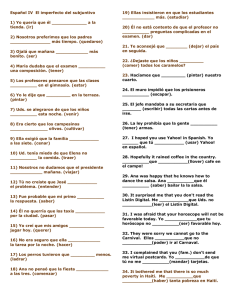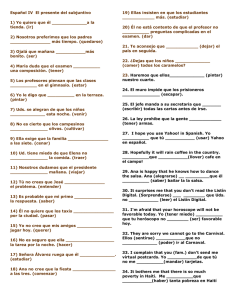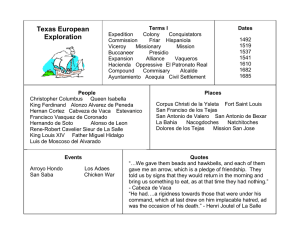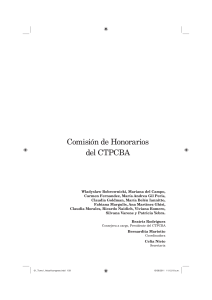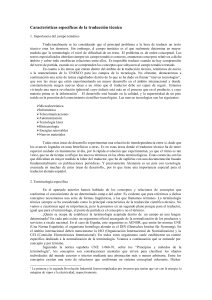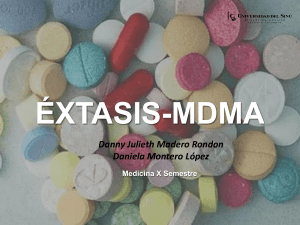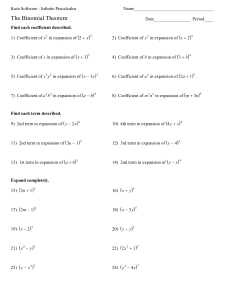¿Quién lo usó por vez primera? Homeostasis
advertisement
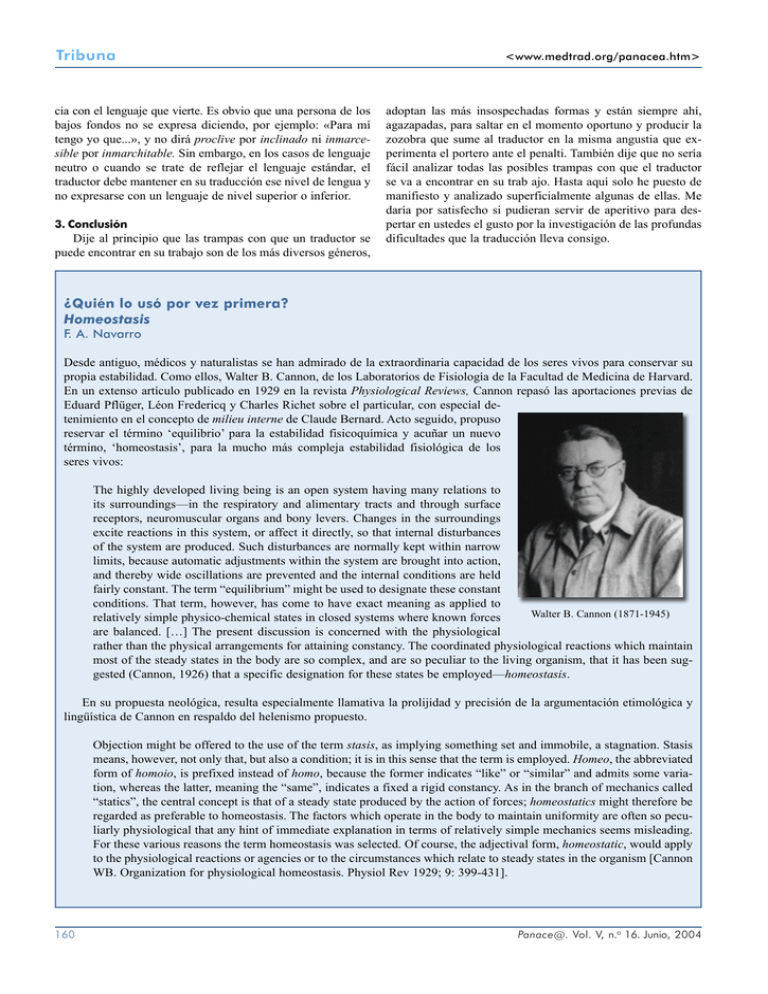
Tribuna cia con el lenguaje que vierte. Es obvio que una persona de los bajos fondos no se expresa diciendo, por ejemplo: «Para mí tengo yo que...», y no dirá proclive por inclinado ni inmarcesible por inmarchitable. Sin embargo, en los casos de lenguaje neutro o cuando se trate de reflejar el lenguaje estándar, el traductor debe mantener en su traducción ese nivel de lengua y no expresarse con un lenguaje de nivel superior o inferior. 3. Conclusión Dije al principio que las trampas con que un traductor se puede encontrar en su trabajo son de los más diversos géneros, <www.medtrad.org/panacea.htm> adoptan las más insospechadas formas y están siempre ahí, agazapadas, para saltar en el momento oportuno y producir la zozobra que sume al traductor en la misma angustia que experimenta el portero ante el penalti. También dije que no sería fácil analizar todas las posibles trampas con que el traductor se va a encontrar en su trab ajo. Hasta aquí solo he puesto de manifiesto y analizado superficialmente algunas de ellas. Me daría por satisfecho si pudieran servir de aperitivo para despertar en ustedes el gusto por la investigación de las profundas dificultades que la traducción lleva consigo. ¿Quién lo usó por vez primera? Homeostasis F. A. Navarro Desde antiguo, médicos y naturalistas se han admirado de la extraordinaria capacidad de los seres vivos para conservar su propia estabilidad. Como ellos, Walter B. Cannon, de los Laboratorios de Fisiología de la Facultad de Medicina de Harvard. En un extenso artículo publicado en 1929 en la revista Physiological Reviews, Cannon repasó las aportaciones previas de Eduard Pflüger, Léon Fredericq y Charles Richet sobre el particular, con especial detenimiento en el concepto de milieu interne de Claude Bernard. Acto seguido, propuso reservar el término ‘equilibrio’ para la estabilidad fisicoquímica y acuñar un nuevo término, ‘homeostasis’, para la mucho más compleja estabilidad fisiológica de los seres vivos: The highly developed living being is an open system having many relations to its surroundings—in the respiratory and alimentary tracts and through surface receptors, neuromuscular organs and bony levers. Changes in the surroundings excite reactions in this system, or affect it directly, so that internal disturbances of the system are produced. Such disturbances are normally kept within narrow limits, because automatic adjustments within the system are brought into action, and thereby wide oscillations are prevented and the internal conditions are held fairly constant. The term “equilibrium” might be used to designate these constant conditions. That term, however, has come to have exact meaning as applied to Walter B. Cannon (1871-1945) relatively simple physico-chemical states in closed systems where known forces are balanced. […] The present discussion is concerned with the physiological rather than the physical arrangements for attaining constancy. The coordinated physiological reactions which maintain most of the steady states in the body are so complex, and are so peculiar to the living organism, that it has been suggested (Cannon, 1926) that a specific designation for these states be employed—homeostasis. En su propuesta neológica, resulta especialmente llamativa la prolijidad y precisión de la argumentación etimológica y lingüística de Cannon en respaldo del helenismo propuesto. Objection might be offered to the use of the term stasis, as implying something set and immobile, a stagnation. Stasis means, however, not only that, but also a condition; it is in this sense that the term is employed. Homeo, the abbreviated form of homoio, is prefixed instead of homo, because the former indicates “like” or “similar” and admits some variation, whereas the latter, meaning the “same”, indicates a fixed a rigid constancy. As in the branch of mechanics called “statics”, the central concept is that of a steady state produced by the action of forces; homeostatics might therefore be regarded as preferable to homeostasis. The factors which operate in the body to maintain uniformity are often so peculiarly physiological that any hint of immediate explanation in terms of relatively simple mechanics seems misleading. For these various reasons the term homeostasis was selected. Of course, the adjectival form, homeostatic, would apply to the physiological reactions or agencies or to the circumstances which relate to steady states in the organism [Cannon WB. Organization for physiological homeostasis. Physiol Rev 1929; 9: 399-431]. 160 Panace@. Vol. V, n.o 16. Junio, 2004
